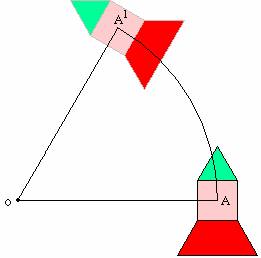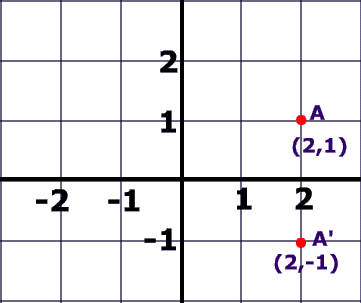Q: How do we use the other definitons of transformations?
A there are different types of transformation like dilation,rotation, reflection and translation.
Though all these types of transformation fall under certain categories like
Isometry
Glide reflection
And
Orientation
ISOMETRY:
An isometric transformation which is also referred to isometry transformation. In this transformation the figure which is in this case a triangle, can be moved anywhere around the plane and can keep the figure to have the same lenght no matter where it is on the plane.
GLIDE REFLECTION
Is the combination of both a reflection and a translation that move along a line.
 |
Figure 1:
Shows how the man in the left is the original copy where it is translated and then reflected along a line.
Orientation:
Is the arrangement of the plotted points after a transformation.
Counterclockwise is a word used to describe orientation because it describes when the points are in opposite ways from the original form. This orientation where the order changes is called opposite isometry.
Clockwise is when both figures have the same clockwise view after the figure has gone through a transformation.
This clockwise orientation is also called direct isometry where the same length and same orientation is preserved.
TRY IT :D
Does the figure above have an opposite or same orientation ?
1. same
2 . opposite orientation
|

 NOW YOU TRY :
NOW YOU TRY :












